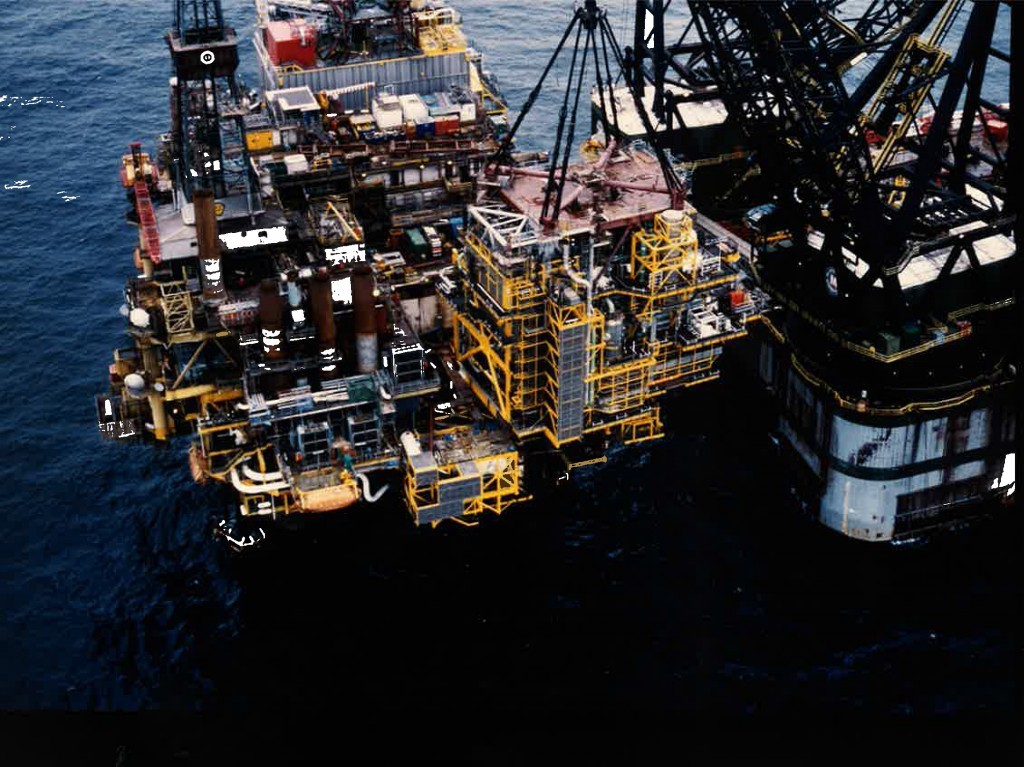
Oil futures traders have shifted attention to falling production from their earlier preoccupation with rising inventories. That switch may have helped put a floor under oil prices, as the outlook for non-OPEC supply deteriorates.
Throughout December, the weekly publication of U.S. crude inventory data by the U.S. Department of Energy produced a predictable price response. When the stockpile rose, the oil price fell. When the inventory dropped, it jumped.
As inventory levels flirted with new records, all eyes were on stockpile numbers, but that relationship broke down spectacularly as 2016 began. The volume of crude stored in tanks and salt caverns in the U.S. soared to new heights and is continuing to rise, but the weekly changes are no longer making prices fall. On the contrary, they’ve risen when the data was published in each of the past four weeks.
So ballooning U.S. oil inventories have had their day as the driver of price and a new concern has emerged. The focus of traders seems to have switched from an immediate surfeit of the black stuff to a possible future shortage.
The Department of Energy is becoming more pessimistic about non-OPEC output as a second year of lower investment batters oil-company production plans and low prices encourage the closure of ageing fields and uneconomic wells. In its latest Short-Term Energy Outlook, the department forecasts that production outside OPEC will fall by 440,000 barrels per day over 2016. That compares with a drop of just 90,000 barrels per day that it foresaw in January.
The long-awaited fall in U.S. output seems to be gathering pace, too. The Department of Energy reported lower output in six of the past seven weeks, with production dropping 157,000 barrels per day since mid-January.
It’s not just the Energy Department becoming more pessimistic. In its latest monthly report, published Friday, the International Energy Agency said it expected non-OPEC production to drop by 750,000 barrels per day this year. That compares with a drop of 600,000 barrels per day anticipated a month earlier.
So why have traders decided to focus on this and ignore swelling reserves? It’s probably in part because U.S. crude inventories always rise in the first quarter, so this year’s increase, even though it’s from an abnormally high starting point, is typical.
The decision to place more importance on production than inventories explains the increased optimism that oil prices may have bottomed — a view expressedin Friday’s IEA report.
Oil prices have jumped 46 percent since mid-February, with WTI approaching $40 a barrel from a low of $26.21 barrel in February, which seems to support the brighter outlook. However, higher prices may trigger a revision of company output plans and encourage U.S. shale producers to begin locking in revenues by hedging this year’s production. If U.S. crude inventories don’t begin to fall by early May, they’ll come back into focus for traders and the rally could peter out just as quickly as it began.
Recommended for you
